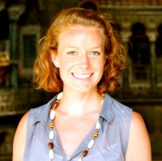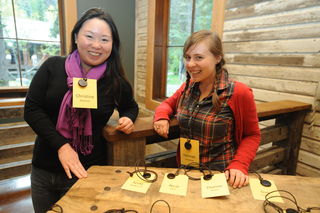
Elysian McNiff Koglmeier
12 Ways to Market Your Public Art (Part One)
Posted by Feb 14, 2013

Elysian McNiff Koglmeier
It is a challenge to produce effective marketing strategies for our public art projects and programs.
Public art administrators and artists are faced with limited resources; we all wish we had more time, money, and capacity.
How do we go beyond our websites and Facebook pages and get the word out about our public art projects?
This two-part post (check out part two tomorrow) is a compilation of methods from New England-based public art administrators. One fail proof marketing formula does not exist; public art projects and budgets, locations, and audiences can be vastly different.
Consider these suggestions a “Choose Your Own Adventure” story and use what works for you.
1. Post on your website. The Boston Arts Commission features projects with interviews and community photographs on its website. Connecticut Office of the Arts Art in Public Spaces Program Manager Tamara Dimitri wants to “build an army of supporters” and help protect her program, so she plans to provide information about the importance of collecting art on the Office of the Arts’ website.
2. Spread the word in press releases and newsletters. Vermont Arts Council Program Director Michele Bailey uses press releases to get community input on a project and announce unveilings; however, she laments that press releases only touch a small audience. This brings up an important question: how do we communicate to those outside of our circle and engage the general public? Check out some of the innovative methods in the next post.









